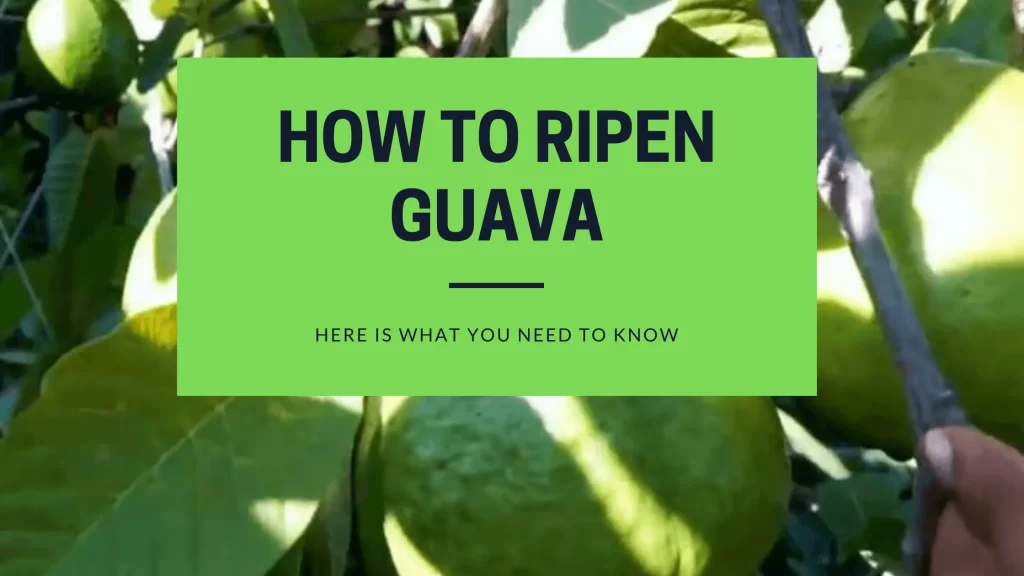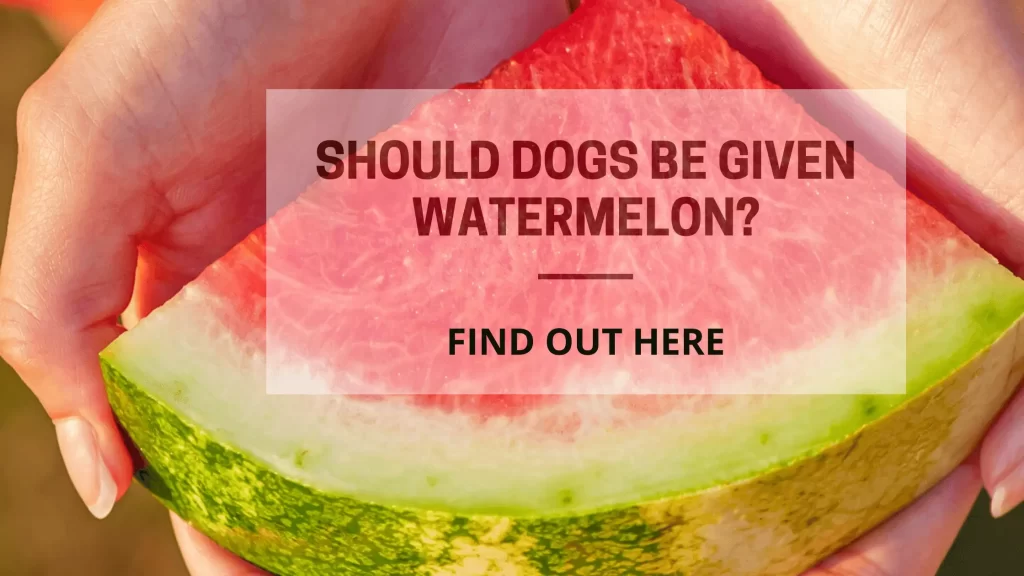In this article, we are going to focus on providing you information on how to ripen guava fruits off the tree.
Overview
Guava is a small shrub and woody tree of not more than 10-15m height. The branches of the guava plant are wide spreading with greenish leaves that have a fragrant aroma and oppositely arranged to the stems.
Leaves have lengths between 4-8cm with leaf margin that is entire. Leaves have prominent veins from the underside of the leaf that resemble ribs.s
The flowers of guava plants are usually group from 1 to 4with numerous stamens. These many stamens are arranged on a width disk. The fruits are normally oval or round and range in size from 1 to 3cm in diameter.
It is believed to be a tropical and non tropical fruit.
This tropical plant with a smell like a combo between strawberry and pear is sometimes difficult to tell when it is fully ripe.
This is because guava can produce fruits at any time of the year if there are favorable climatic conditions and good timely pruning.
The fruits can be allowed to fully ripe on the tree or pick when they are fully-size and yet to fully ripe. It is always recommended to harvest guava fruits while they are fully-sized and about to be fully ripe.
These fruits can be stored for a long period of time, unlike fruits that are already matured on the parent plant.
How to Ripen Guava Fruits off the Tree

For the sake of this article, we are going to use a paper bag to ripen guava fruits.
Materials you need:
- Paper bag
- Guava fruits
Method
Depending on the number of fruits you want to ripen, place your guava fruits in a paper bag.

Seal the mouth end of the paper bag after placing the guava fruits.

After sealing the mouth of the paper bag, keep it in a warm place and allow it to stay there for about 4-5 days.
After this time, take the bag and place out the fruits from the paper bag. You will find that your fruits are fully ripe.

Frequently Asked Questions
How do I know Guava is Ripe?
You can distinguish between ripe guava and unripe guava by color and smell. The fully ripe guava has a pleasant smell and light green to a golden yellowish-green in color. The ripe guava fruit is also softer than the unripe guava.
Read also: Are Guava Seeds Edible?: Find Out Here
Will guava Ripen after Picked?
Yes, guava can ripen after picked. However, guava that is picked without becoming fully-sized may not have the flavor and taste you want. Always allow the guava fruit to become fully-sized and semi-ripe before you pick the fruits for ripening.
Can you eat the Seeds of Guava?
Seeds present in guava fruits are edible. They contain a high amount of antioxidants and other nutrients. But, do not over consume the seeds as they contain cyanide. And this phytochemical when accumulated in the body may cause cyanide poisoning.
Does heat ripen fruits Faster?
Heat can help ripen fruit but excessive heat also damage fruits.
Read also: When Is Guava Ripe?: Here Is What You Need To Know
Conclusion
Ripening your guava fruit off the parent plant helps prevent the fruit from damage or becoming rotten so easily.
In this post, we looked at how to ripen guava off the guava tree. We hope that this guide will give you excellent help on how to ripen guava. We would like to hear your questions and views. So, let us know your questions and views in the comment box below.
Recommended reading:
Related: How To Tell If A Guava Is Bad Right Before Eating
References
Jain, Nisha & Dhawan, Kamal & Malhotra, Sarla & Singh, Randhir. (2003). Biochemistry of Fruit Ripening of Guava (Psidium guajava L.): Compositional and Enzymatic Changes. Plant foods for human nutrition (Dordrecht, Netherlands). 58. 309-15.
Abreu, José & Santos, Custódio & Abreu, Celeste & Pinheiro, Ana & Corrêa, Angelita. (2012). Ripening pattern of guava cv. Pedro Sato. Food Science and Technology (Campinas). 32. 344-350.



